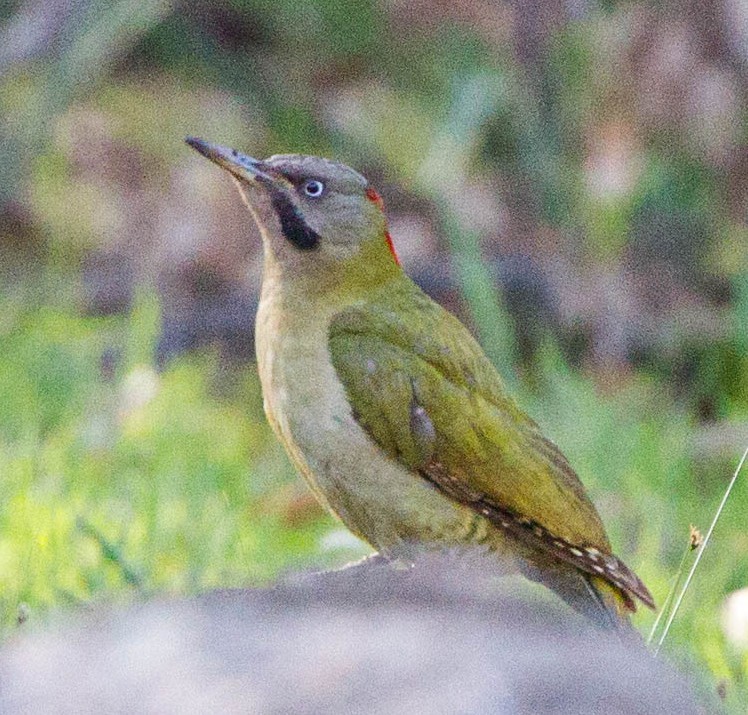Levaillant's Woodpecker
A species of Eurasian Green Woodpeckers and Allies Scientific name : Picus vaillantii Genus : Eurasian Green Woodpeckers and Allies
Levaillant's Woodpecker, A species of Eurasian Green Woodpeckers and Allies
Botanical name: Picus vaillantii
Genus: Eurasian Green Woodpeckers and Allies
Content
Description General Info
Description
Levaillant's woodpecker is 30–33 cm in length with a 45–51 cm wingspan. It is very similar to the European green woodpecker and the Iberian Green woodpecker (especially females). Both Levaillant's woodpecker and the Iberian Green woodpecker were formerly considered subspecies of P. viridis. Levaillant's woodpecker is dark green above and yellowish green below, with a crimson nape. The black moustache has a pale border above. The rump is chrome yellow and the outer webs of the primaries are barred black and white. The bill and feet are slate grey. Sexes are similar except that the male has a crimson crown, whereas the female's crown is grey. Like .P. v. sharpei, both sexes lack the black on the lores and around the eye shown by most forms of the green woodpecker. The call is a loud ringing laugh, plue, plue, plue, very like the green woodpecker's yaffle, but perhaps slightly faster. 
Size
32 cm
Nest Placement
Cavity
Feeding Habits
Levaillant's Woodpecker primarily feeds on ants and other small invertebrates, complemented by some fruit. This bird species mostly forages on the ground, exhibiting a preference for certain insects as a key part of its diet.
Habitat
Levaillant's Woodpecker predominantly inhabits open dry forests within broader regions of the Maghreb in Northwest Africa. This bird species thrives in forest clearings and openings, and is most commonly associated with oak, cedar, pine, and larch woodlands, including aleppo pine forests. It can also be observed in wooded river valleys, parks, palm groves, as well as walnut and olive groves. Levaillant's Woodpecker adapts to altitudes ranging from around 950 m to the treeline near 2100 m, sometimes descending lower in certain areas. Occasionally, levaillant's Woodpecker may venture into human-modified landscapes, such as gardens.
Dite type
Insectivorous
General Info
Feeding Habits
Bird food type
Behavior
This woodpecker's insect food is captured by a rapid outward flick of the long tongue, and gummed to its tip by sticky saliva. Though a large and heavy bird it has an easy, bounding flight. The nest is a hole in a tree, and 4-8 glossy white eggs are laid on wood chips. 
Distribution Area
Levaillant's woodpecker is found in the three Maghreb countries Morocco, Algeria and Tunisia in northwest Africa. It breeds in mountain forests up to the treeline at around 2000m. 
Species Status
Not globally threatened.
